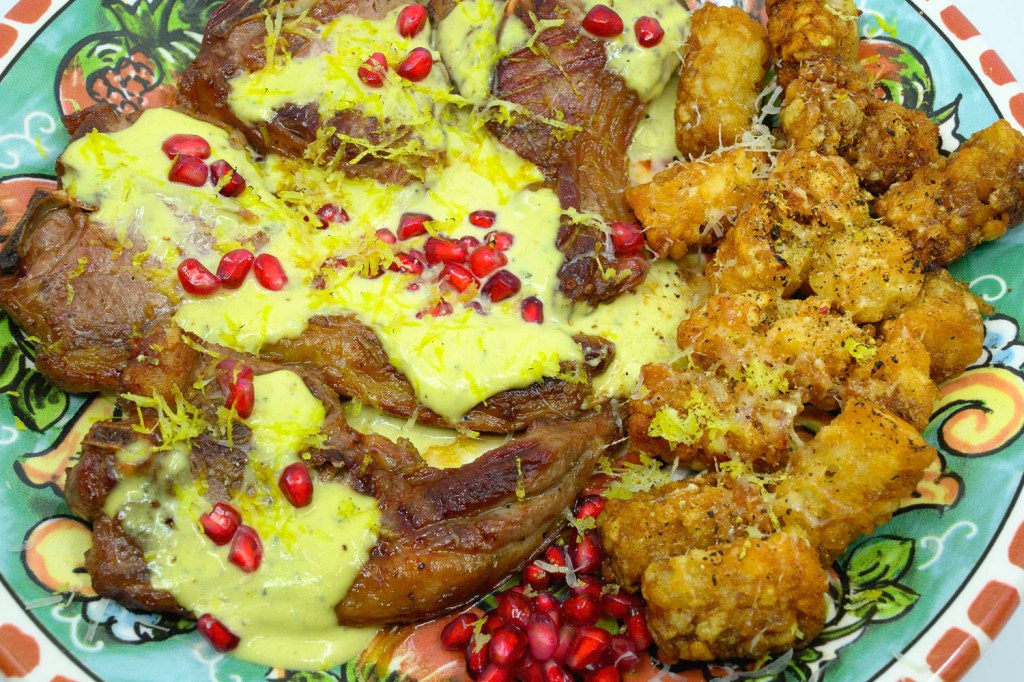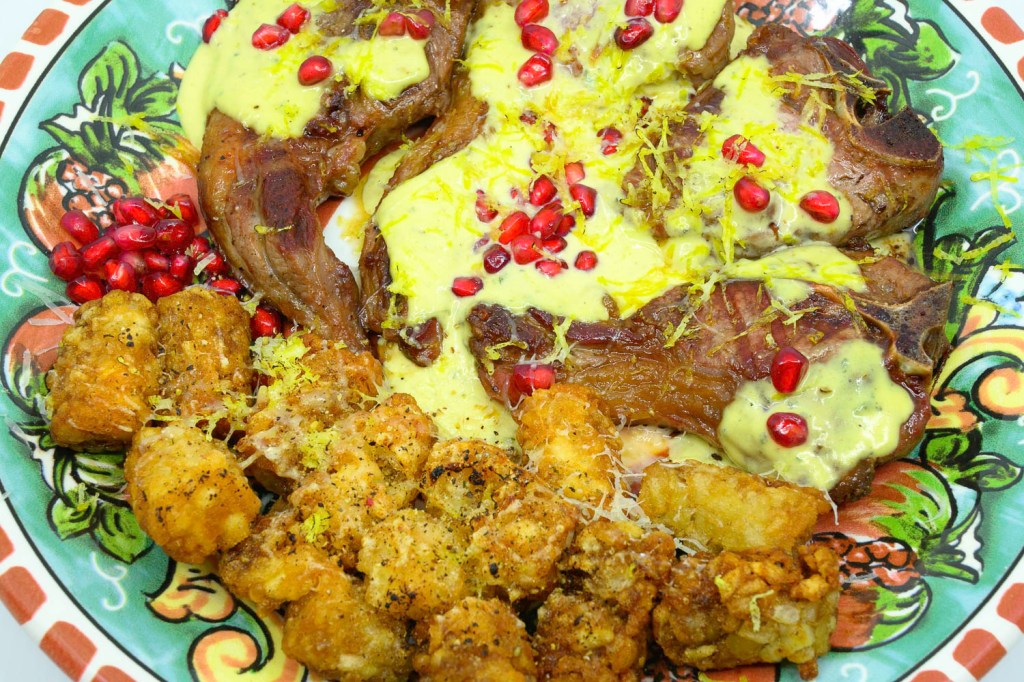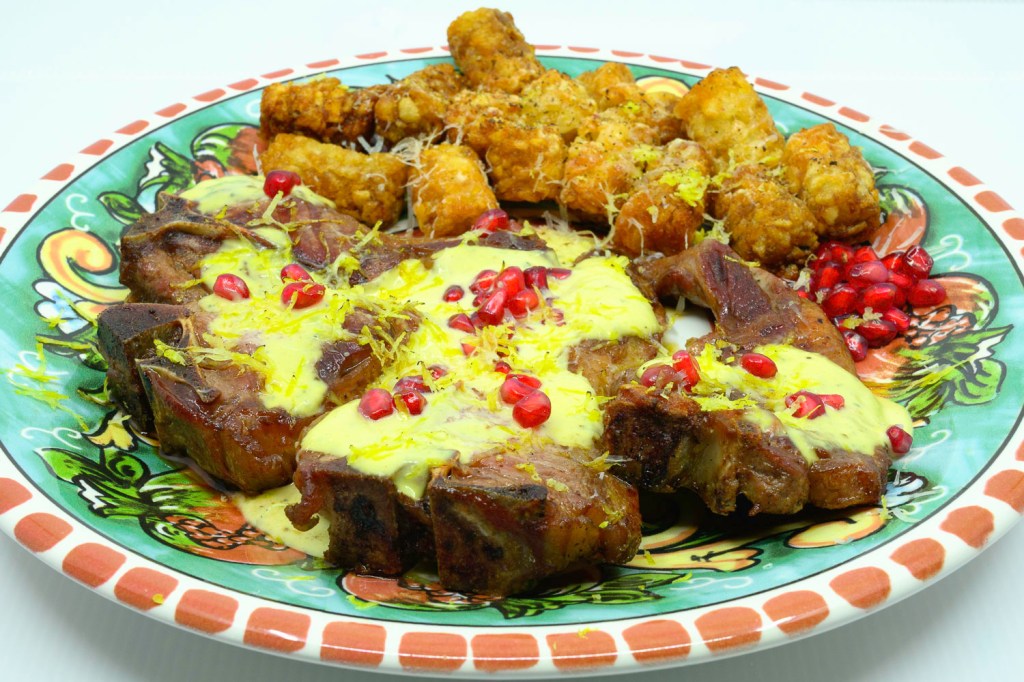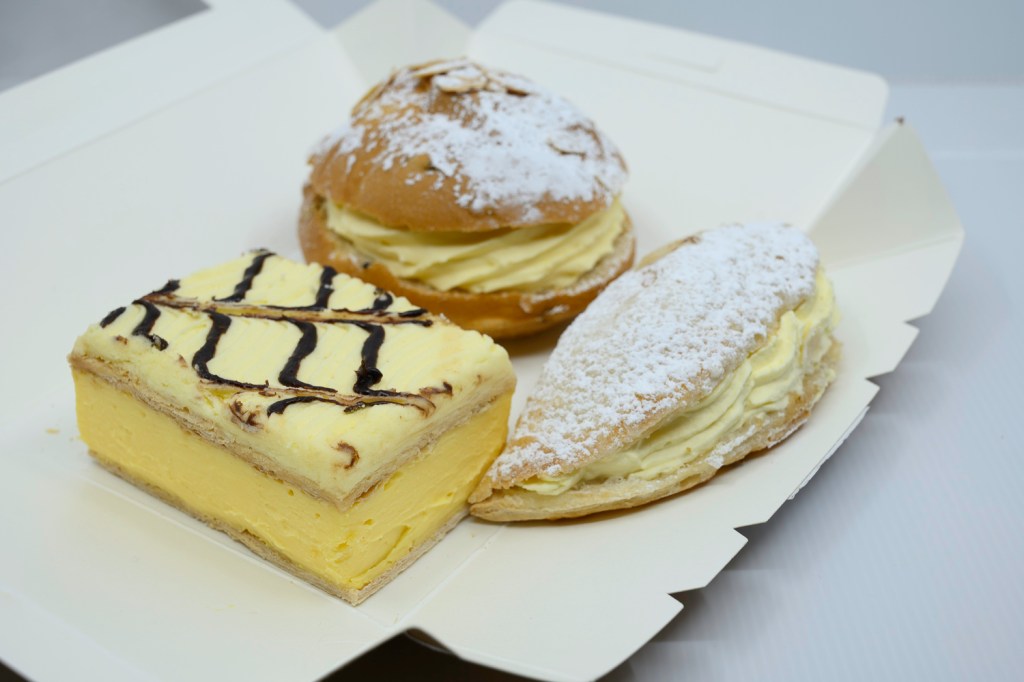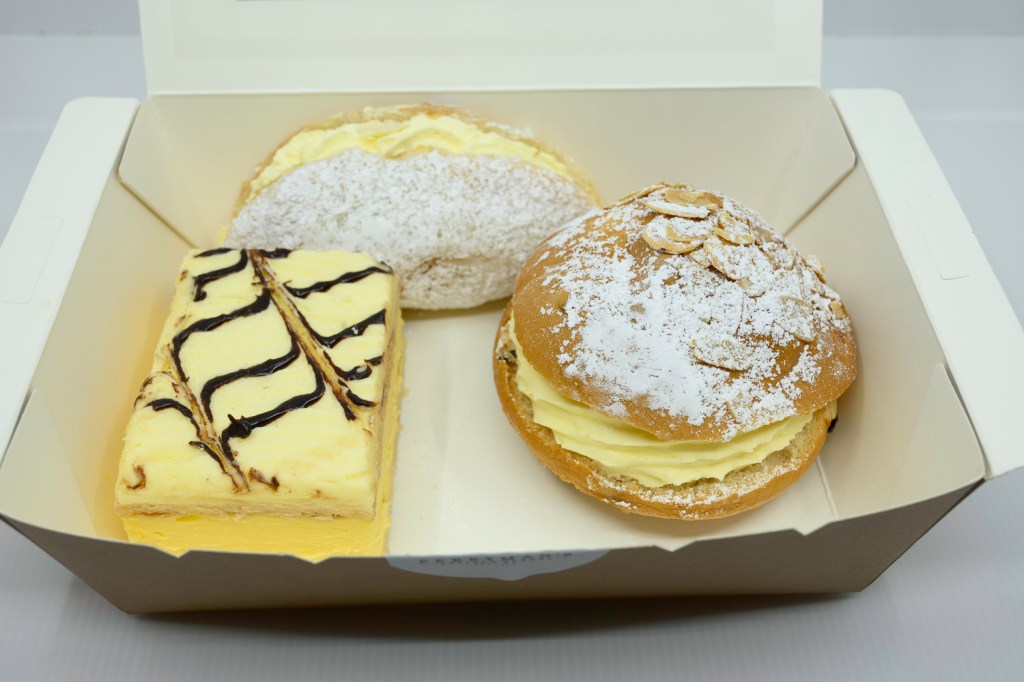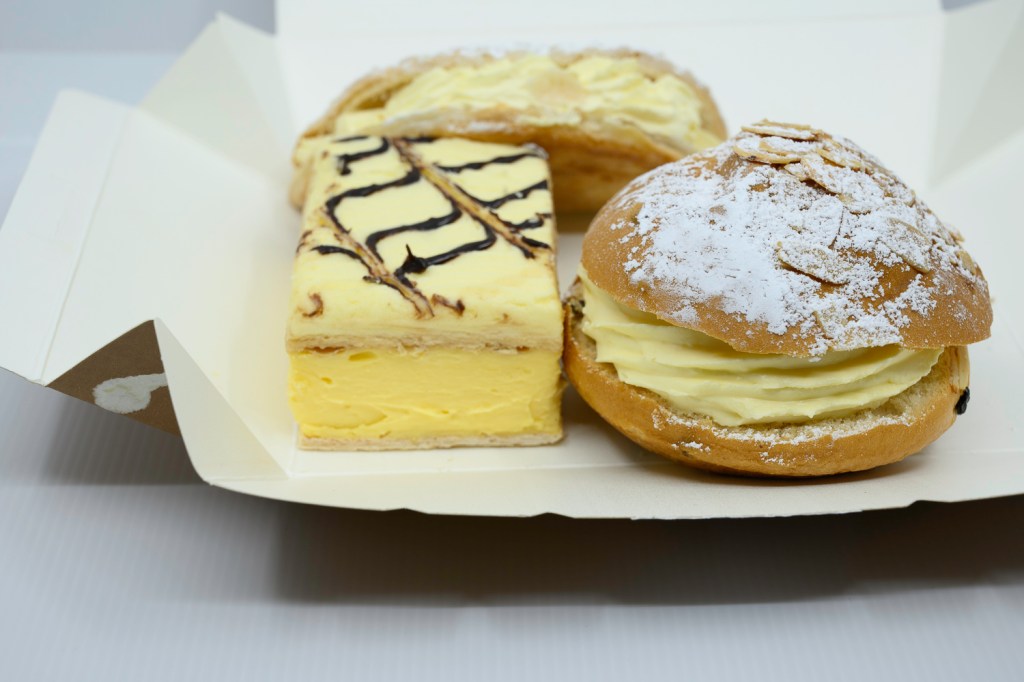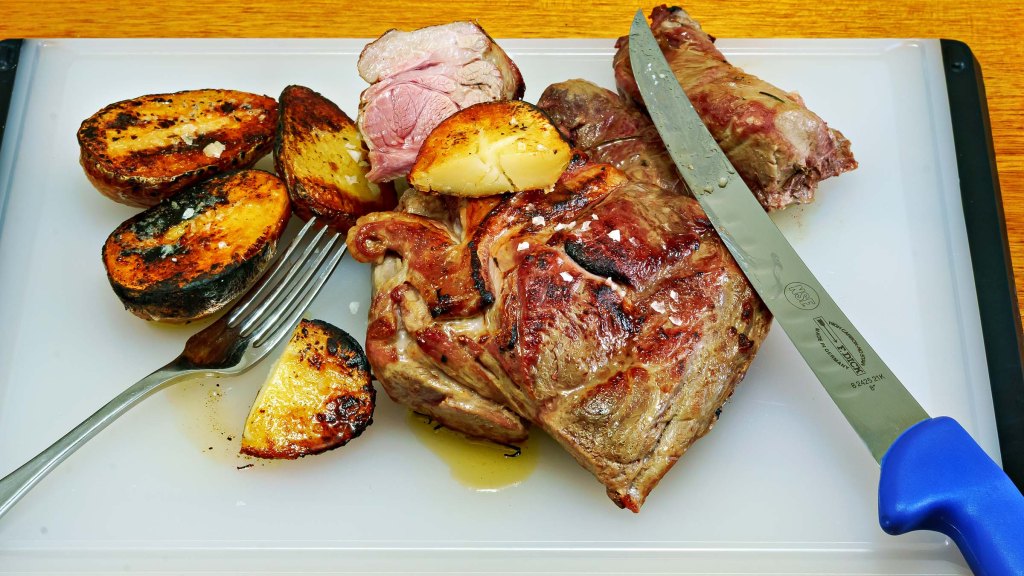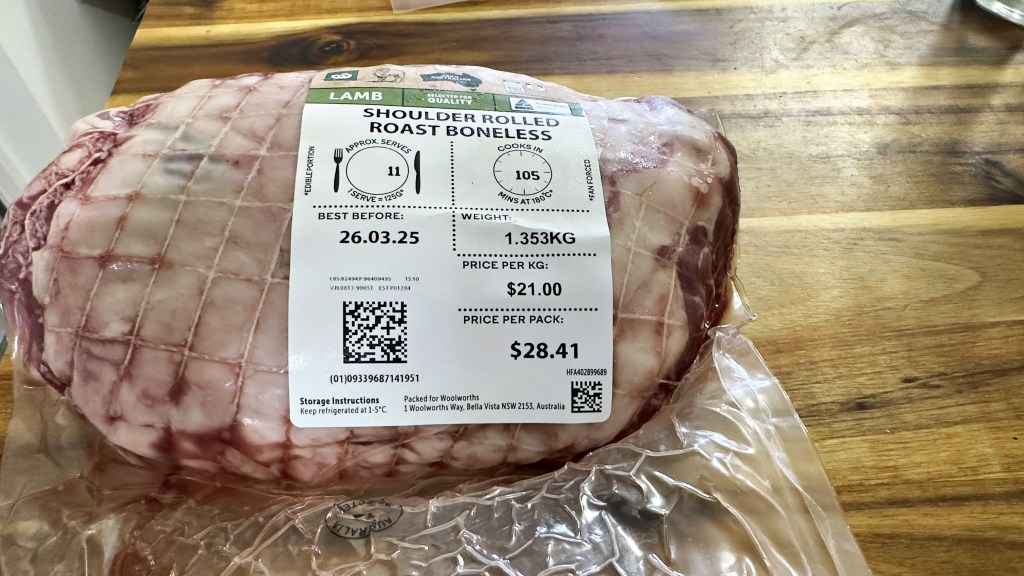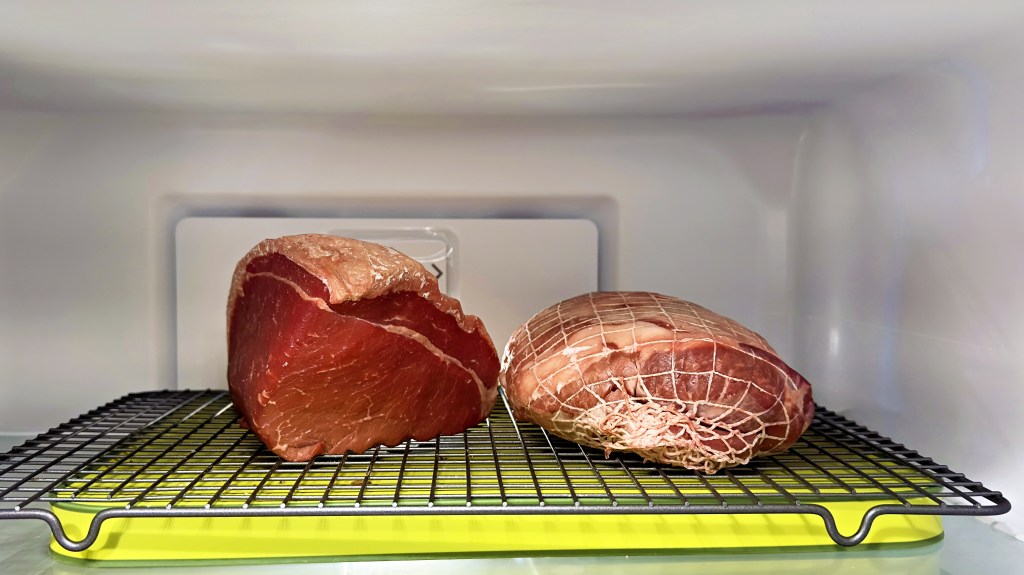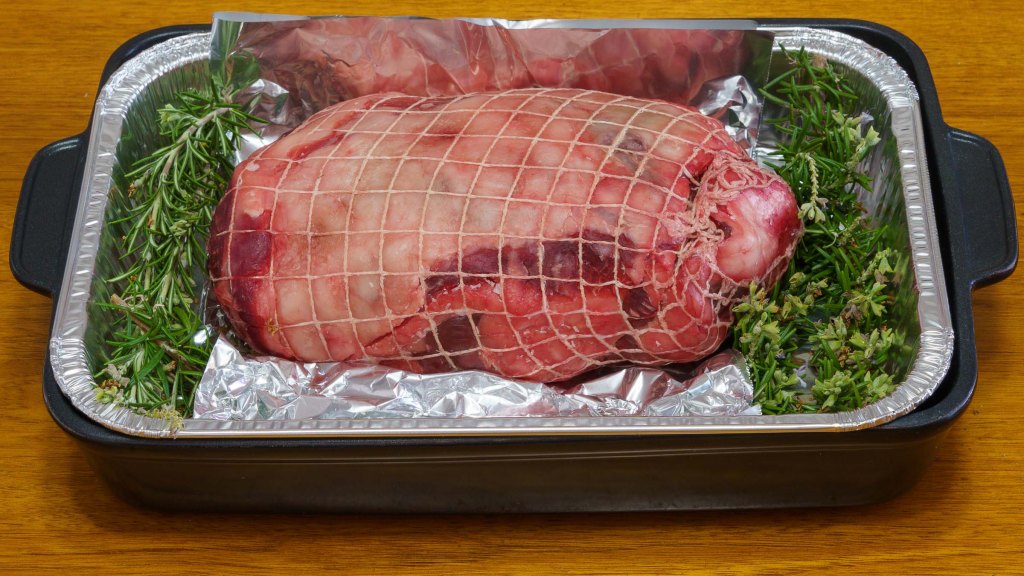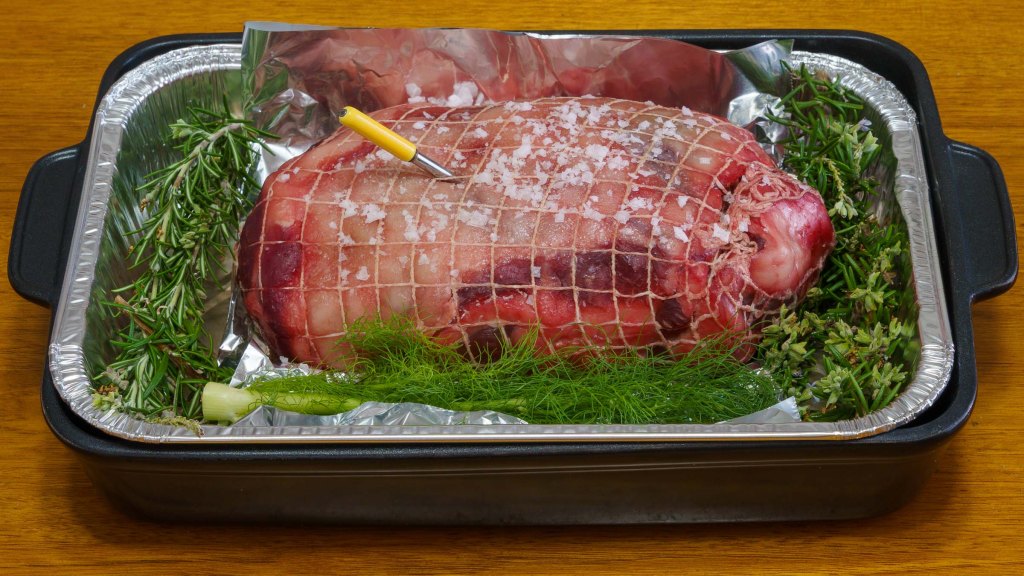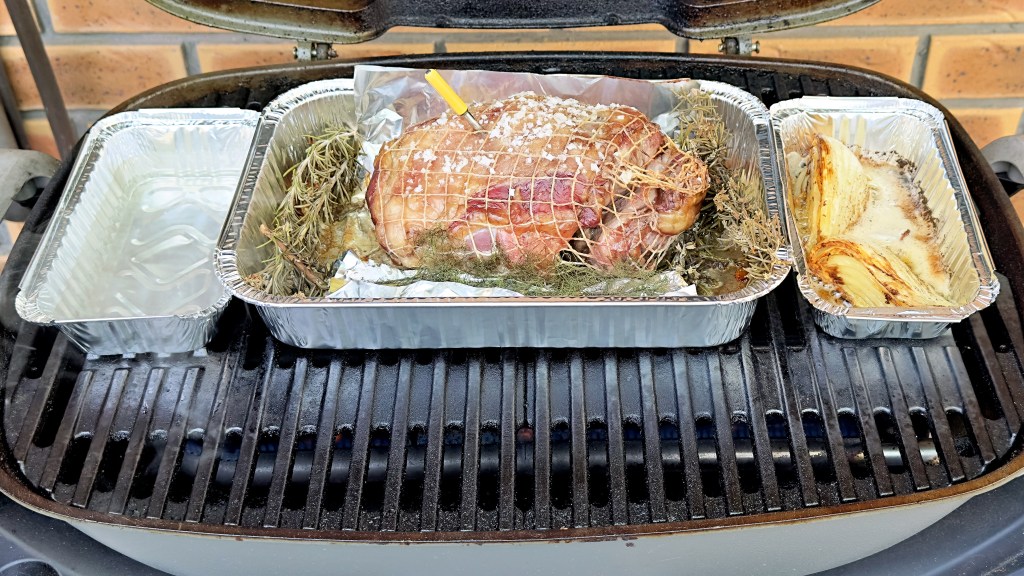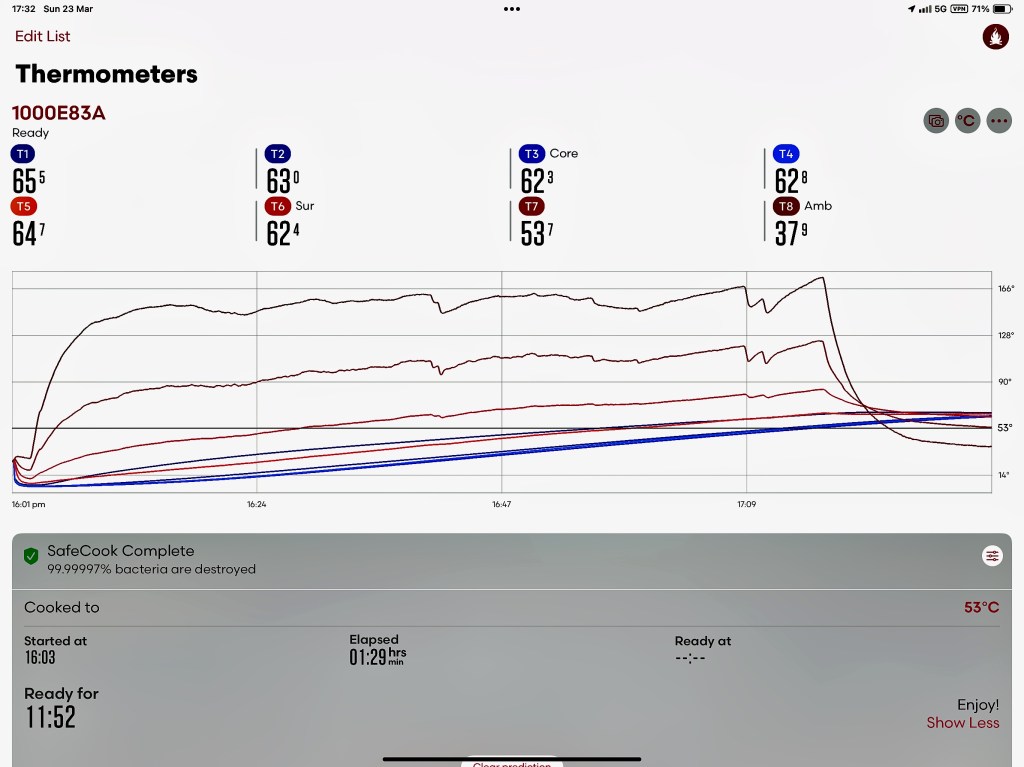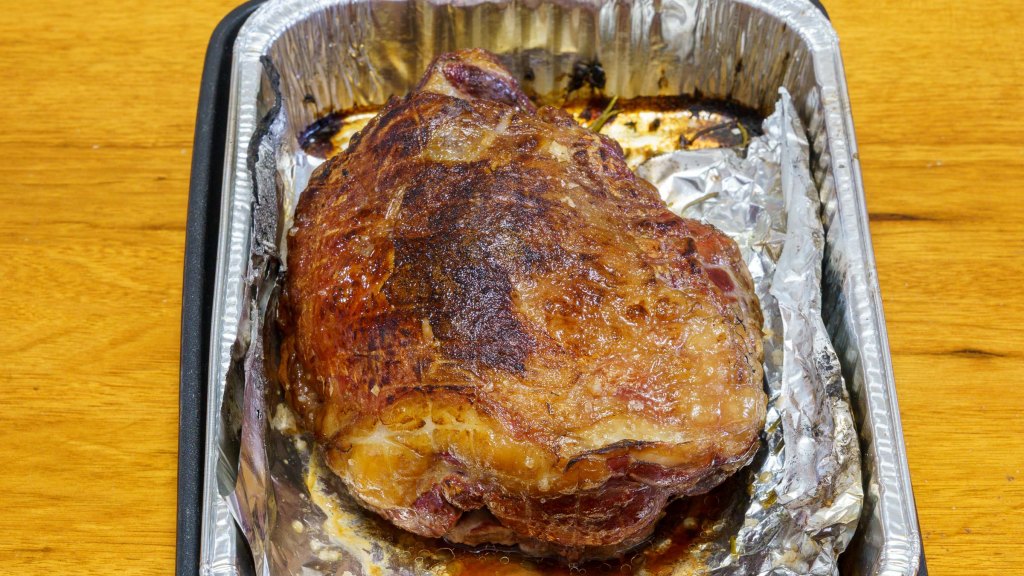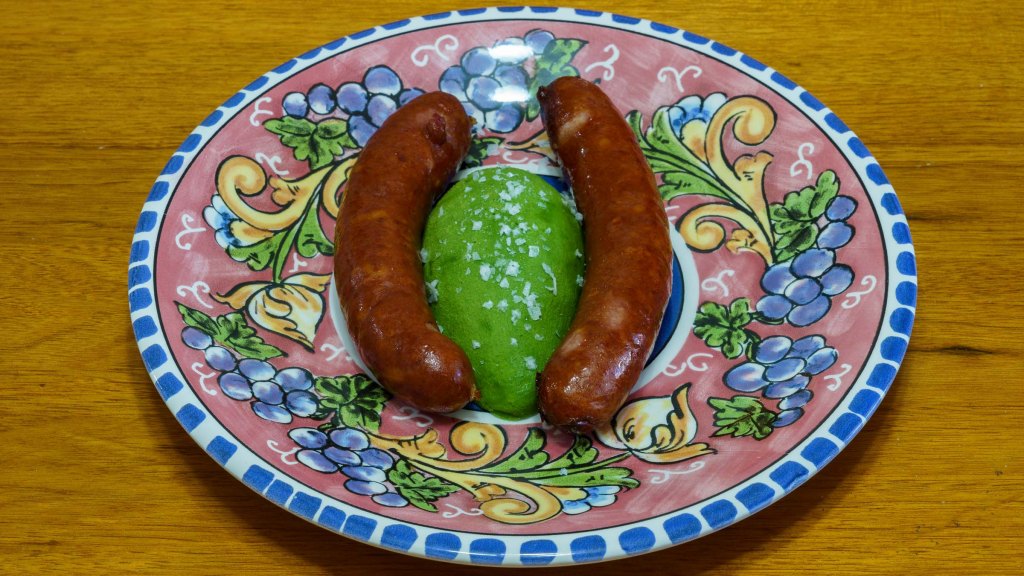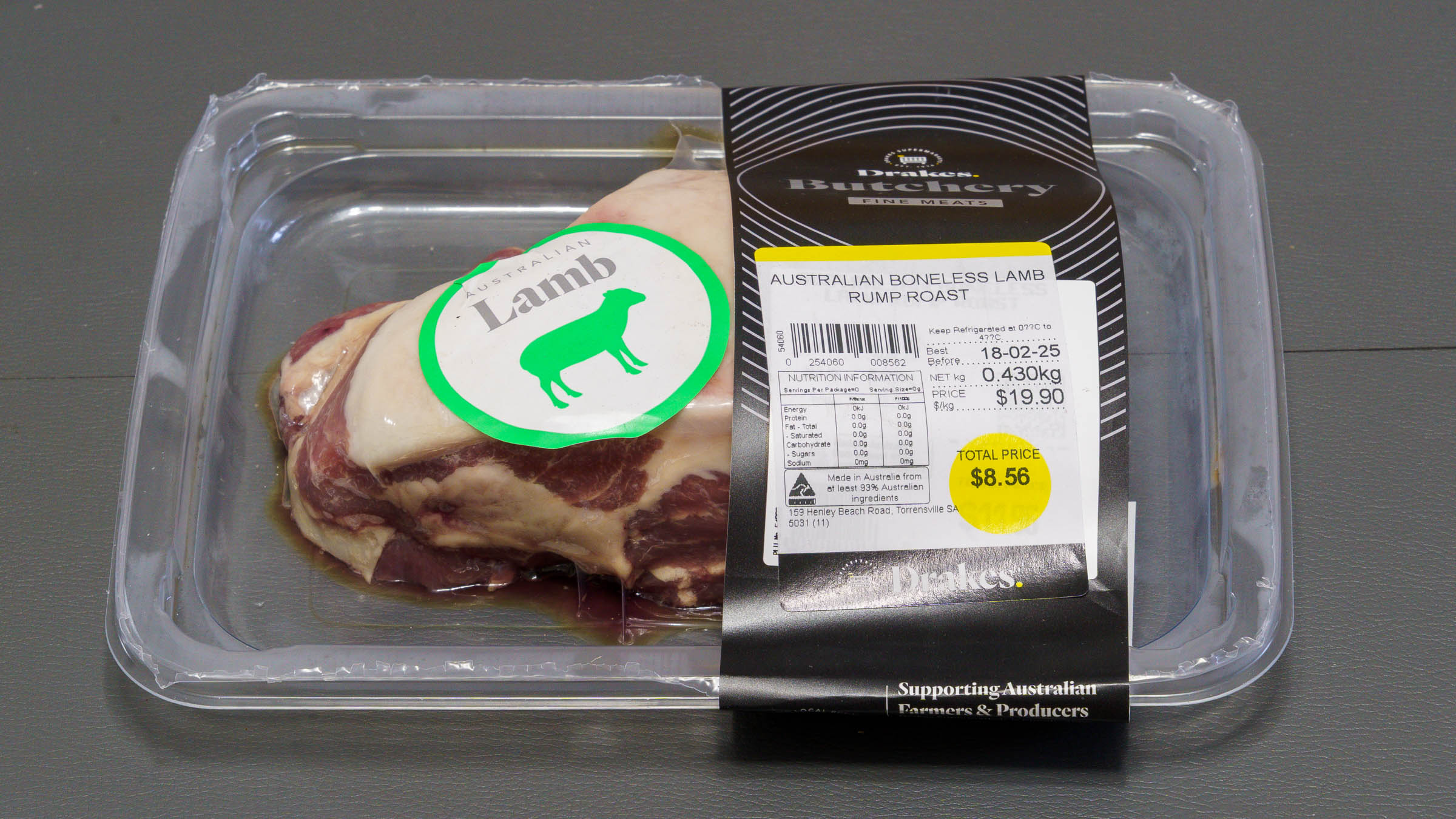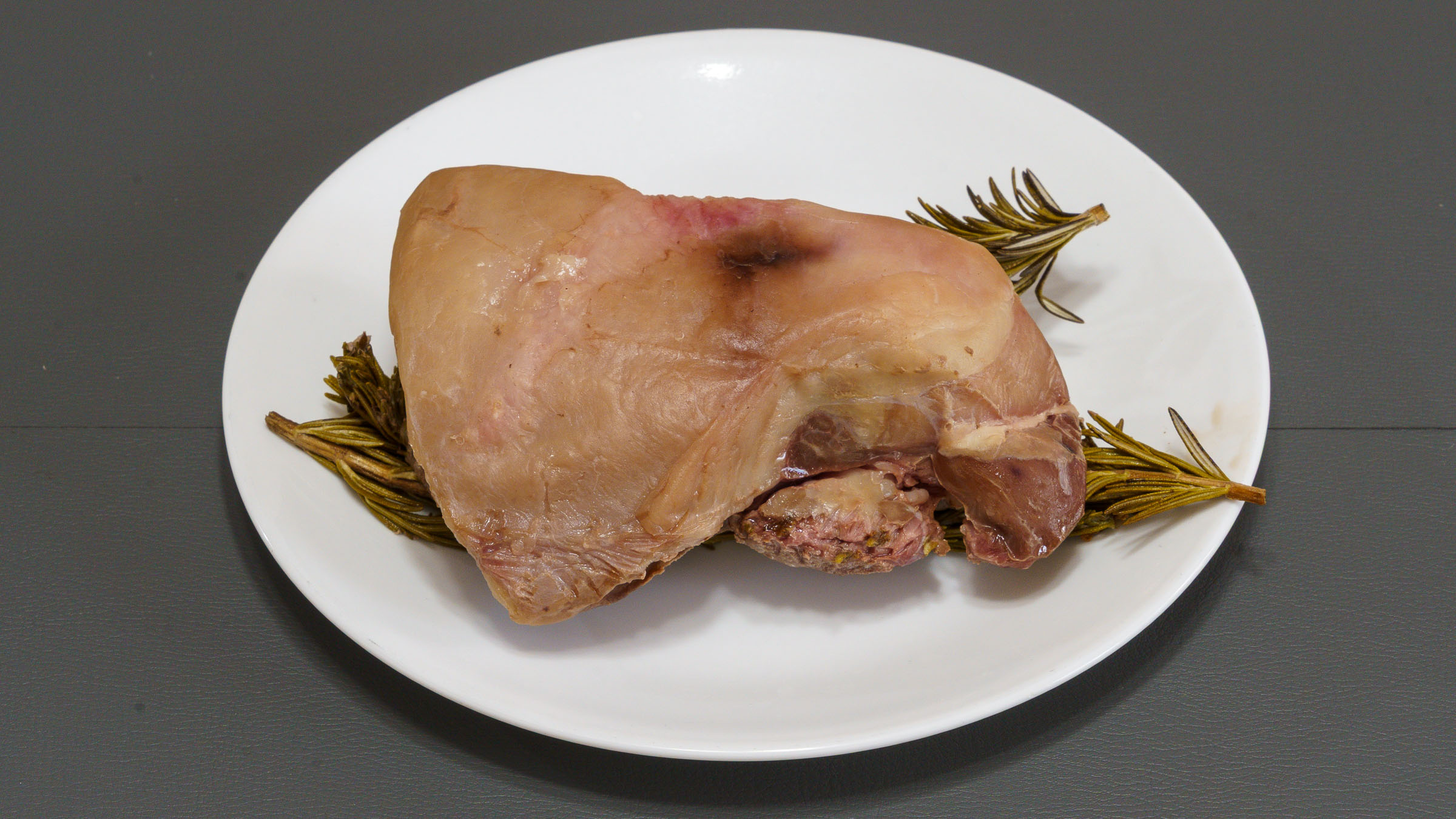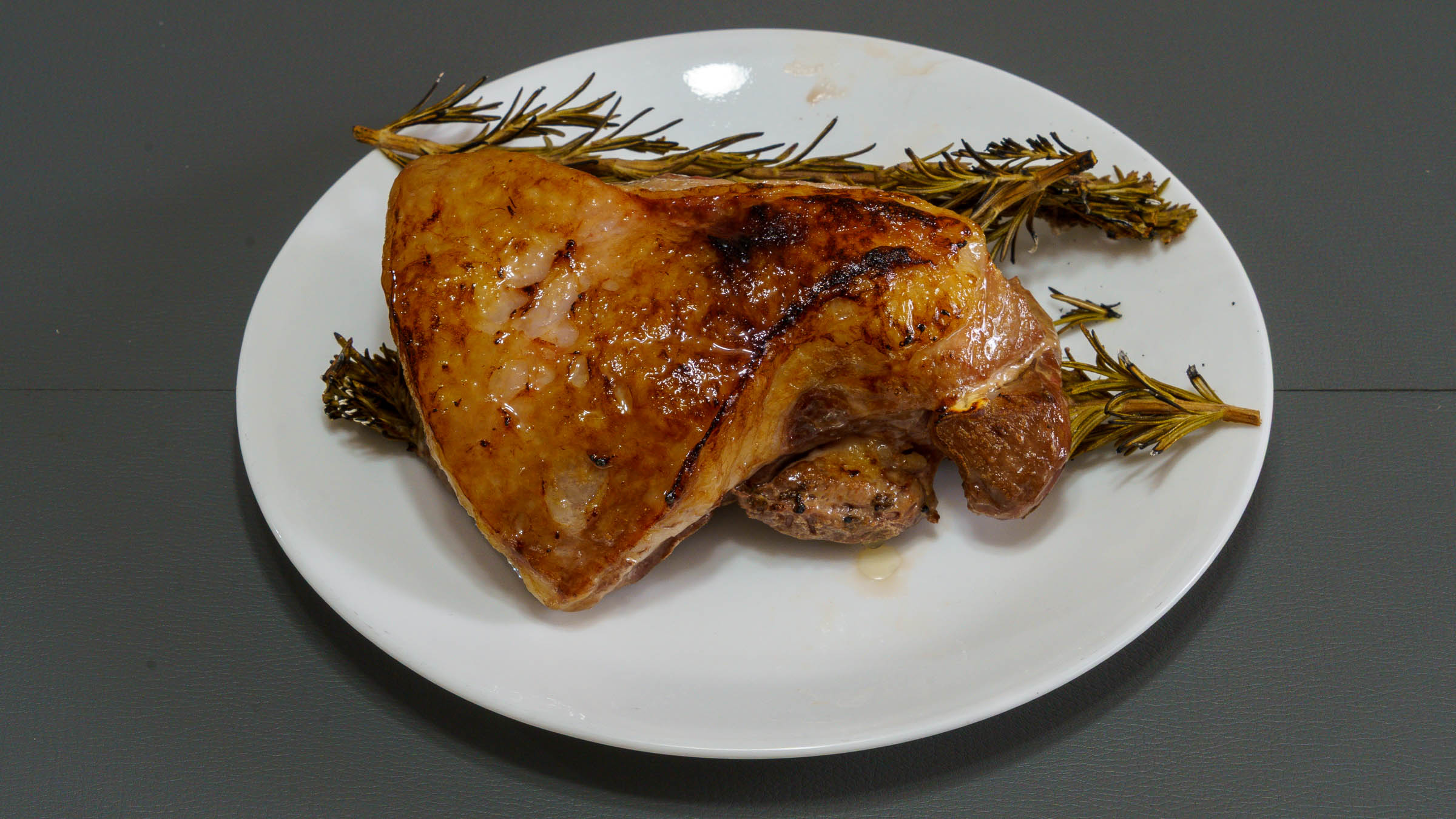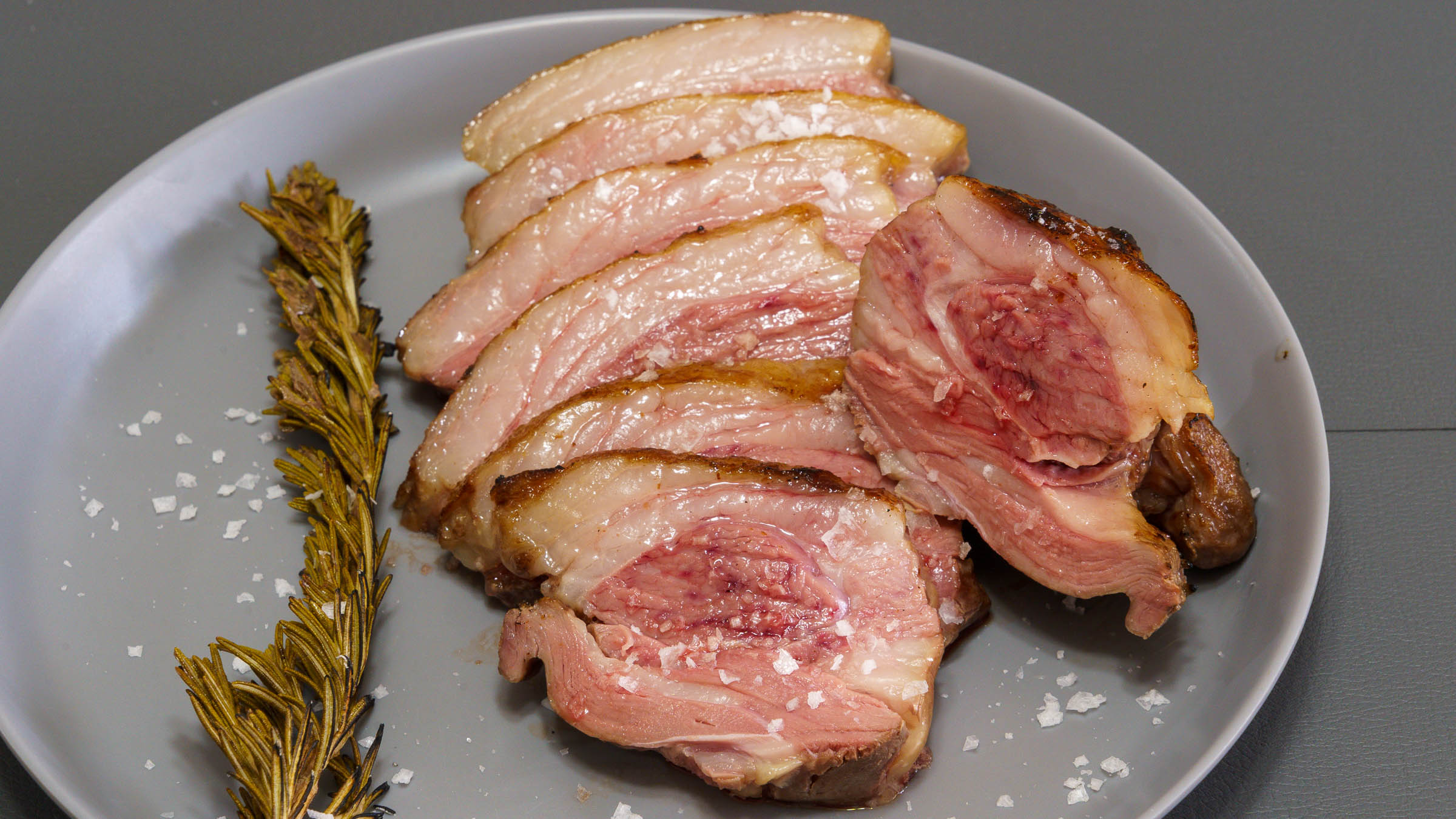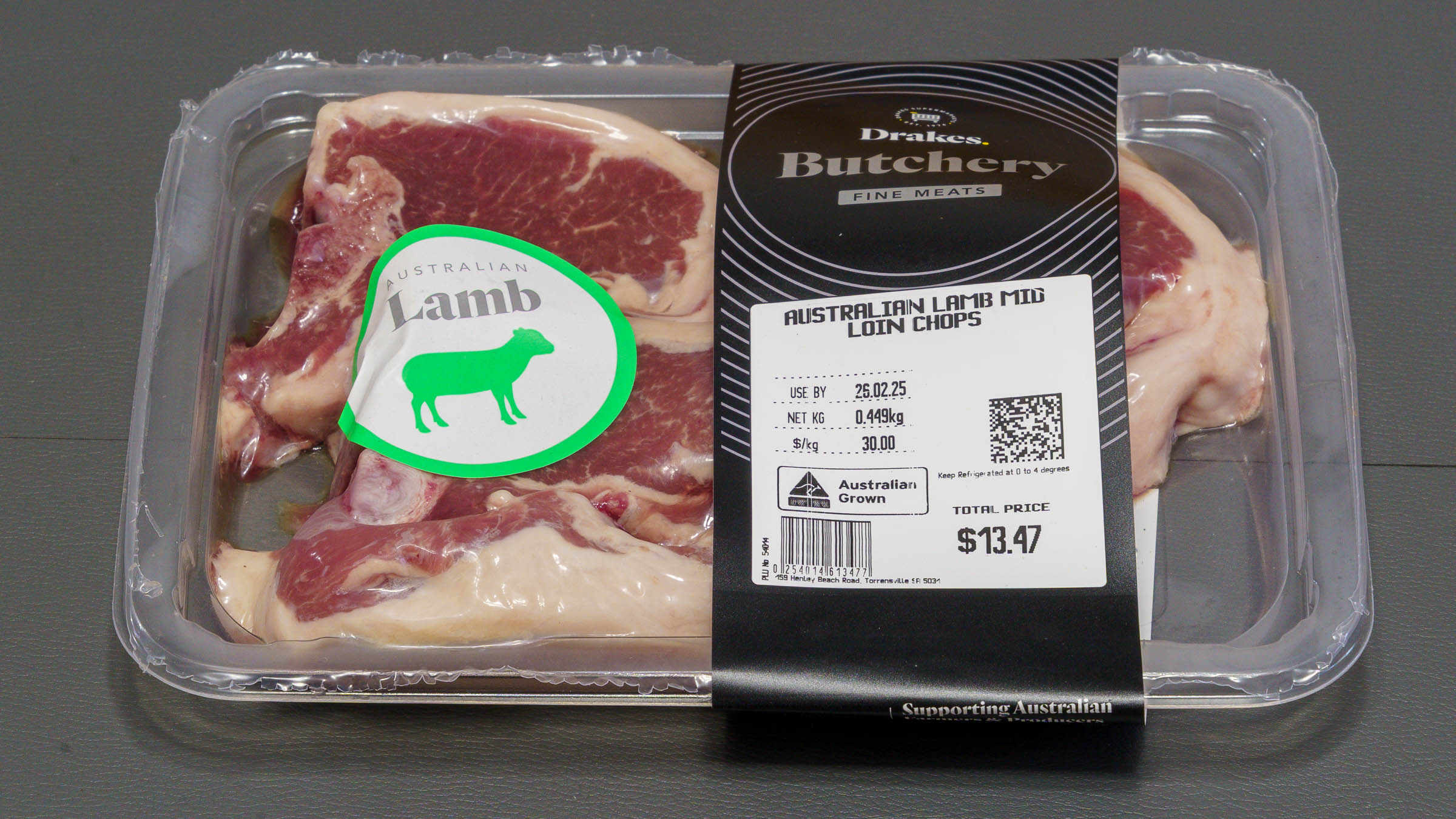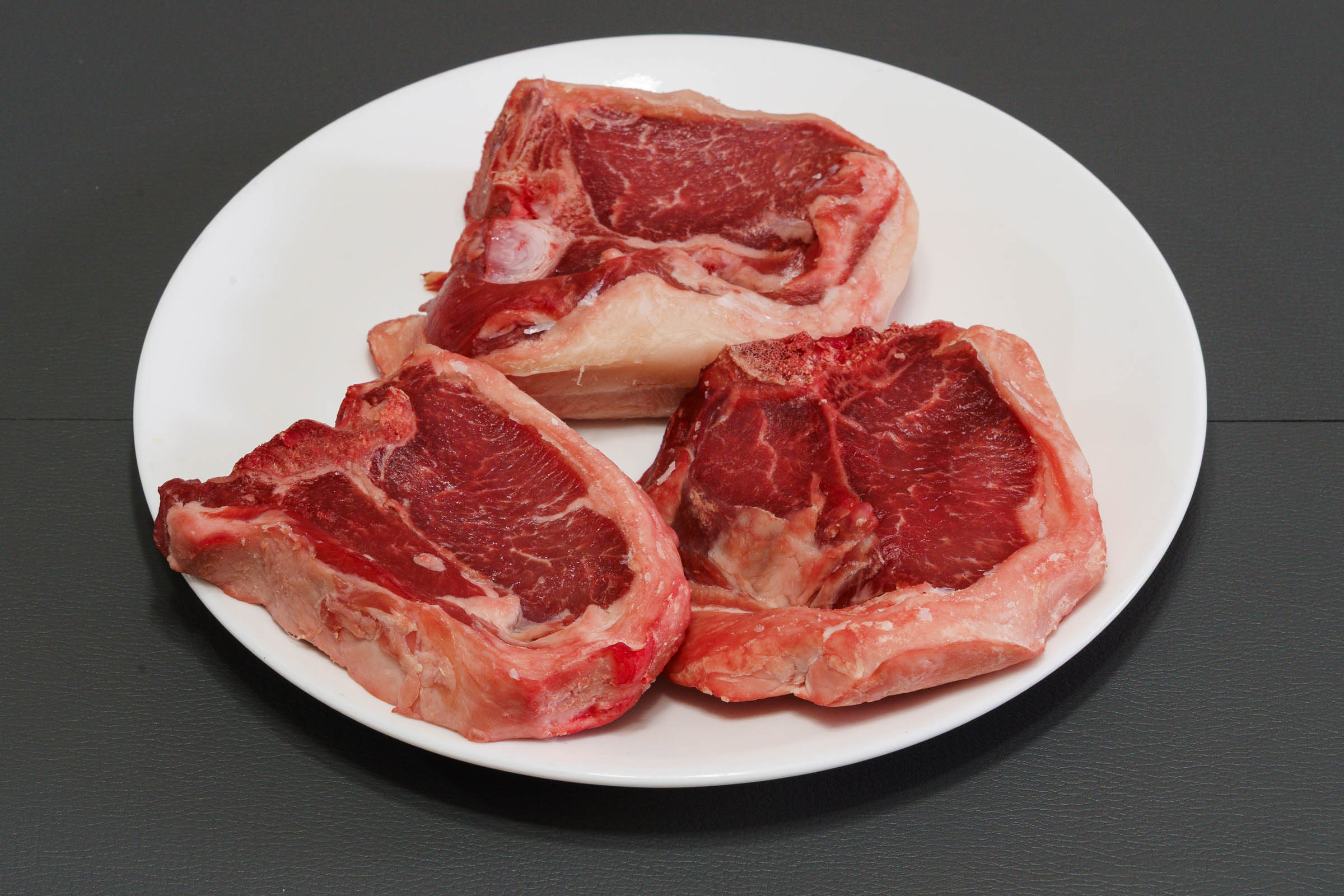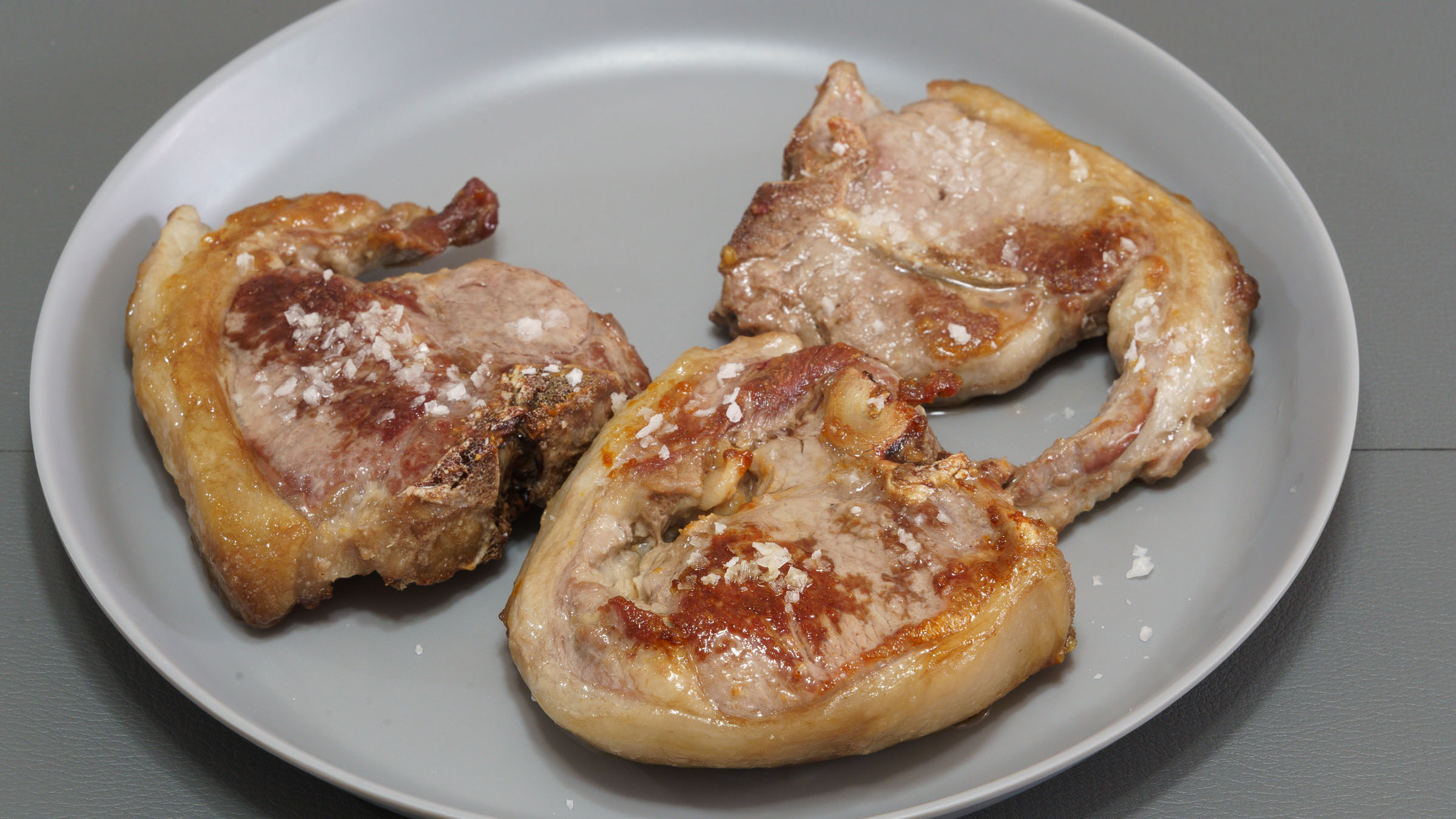It’s been some time since I cooked a roast lamb shoulder[i]. This morning, I visited the butcher shop and was lamenting the high prices of grass-fed beef when I noticed a package of lamb that was priced lower than the others. I also picked up a chunk of pumpkin while I was there.
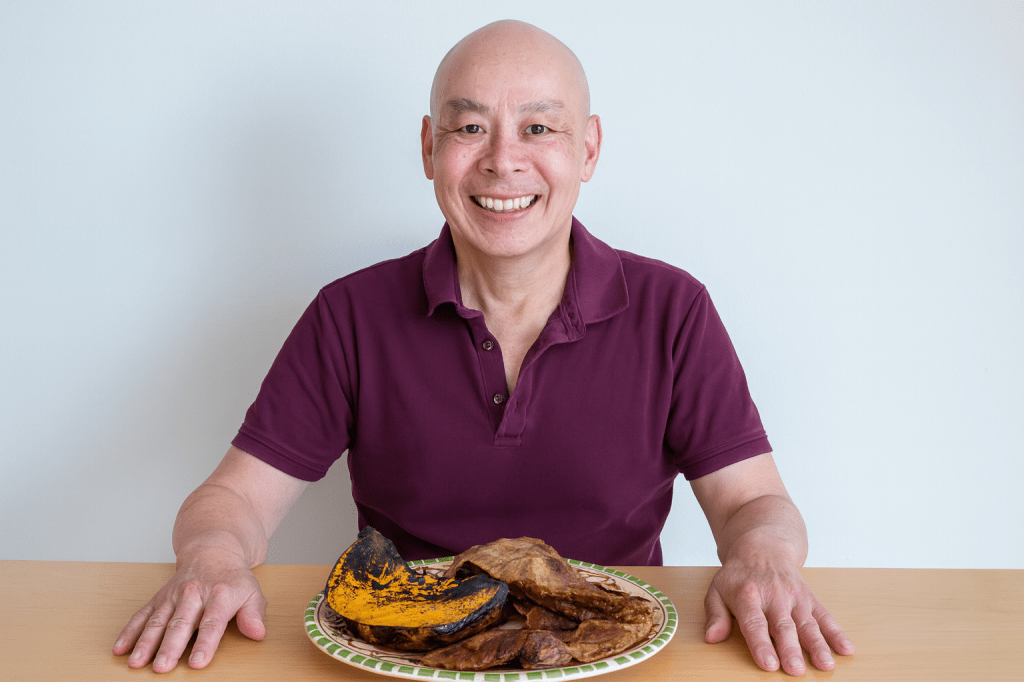
Recipe
Ingredients
- Lamb shoulder “square cut[ii]” (2.3 kg, $AUD14.50/kg, $AUD33.44).
- Rosemary
- Pumpkin — JAP[iii]
- Lamb fat
Equipment
- Benchtop toaster oven
- Baking tray
Instructions
- Dry the surface of the lamb.
- Preheat the oven to 160 °C.
- Put some freshly cut sprigs of rosemary[iv] on the baking tray.
- Put the lamb on a baking tray, then place it in the oven.
- Cook the meat for 210 minutes (3½ hours).
- Rub some lamb fat between your hands.
- Rub a piece of pumpkin with a thin film of lamb fat.
- Cook the pumpkin in the oven.
- Allow the roast to rest for about 25 minutes before dissecting the meat from the bones and serving.
- Don’t forget to gnaw the meat from the bones and then spend a good ten minutes flossing and brushing your teeth.
Photographs
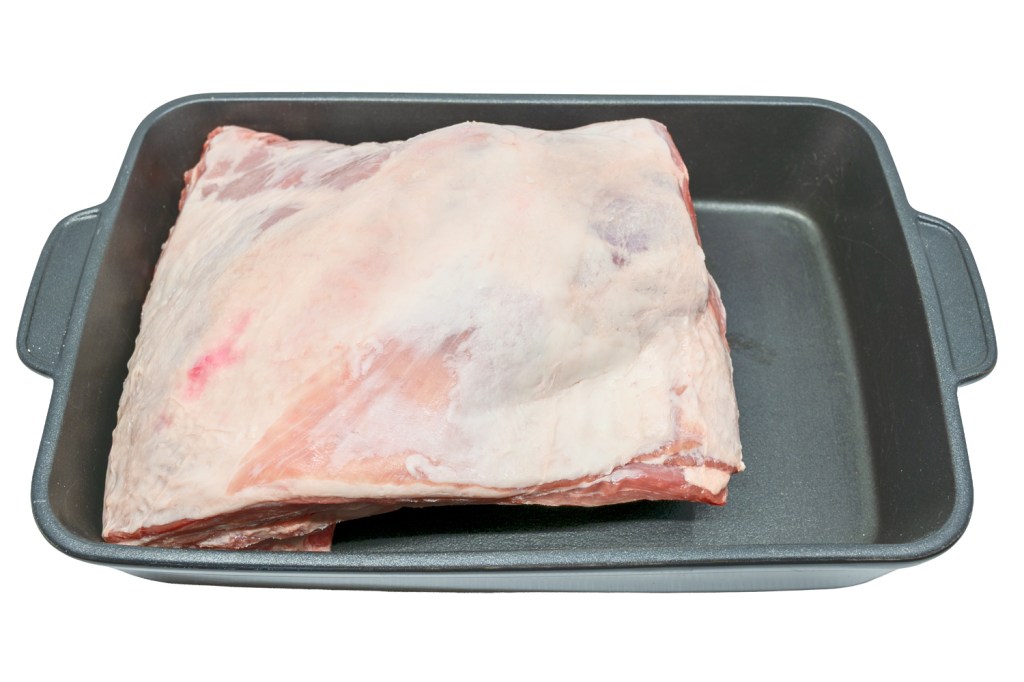
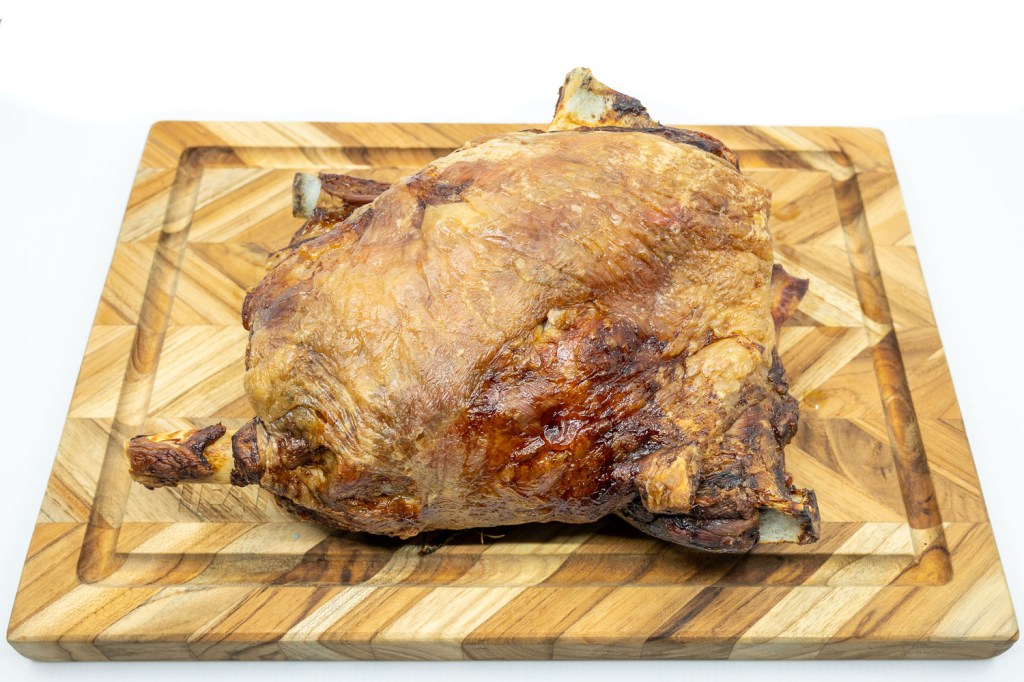


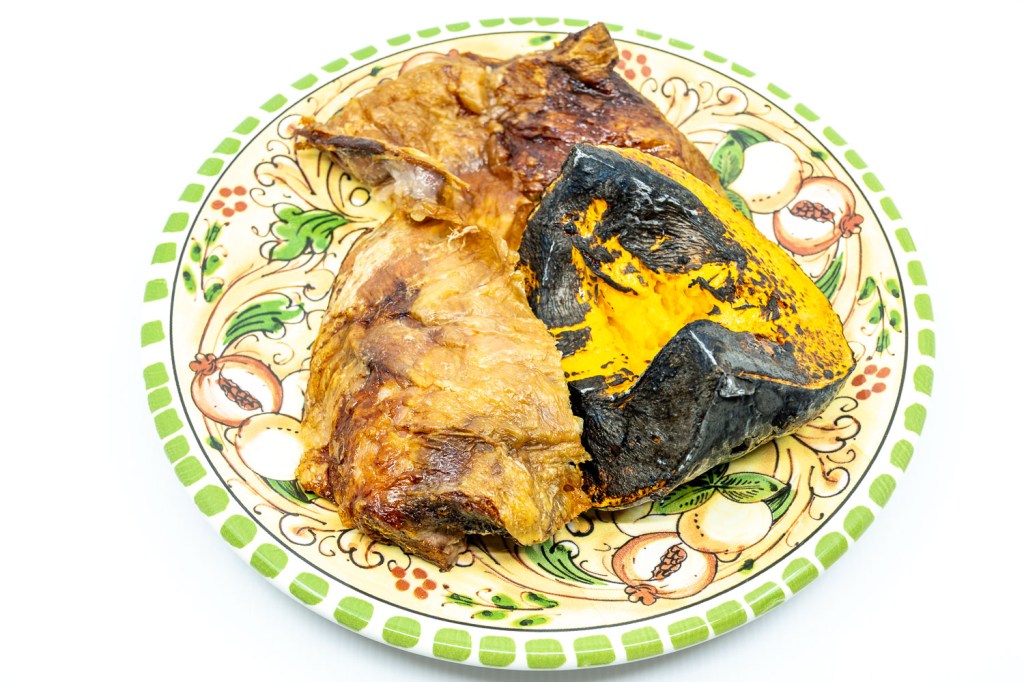

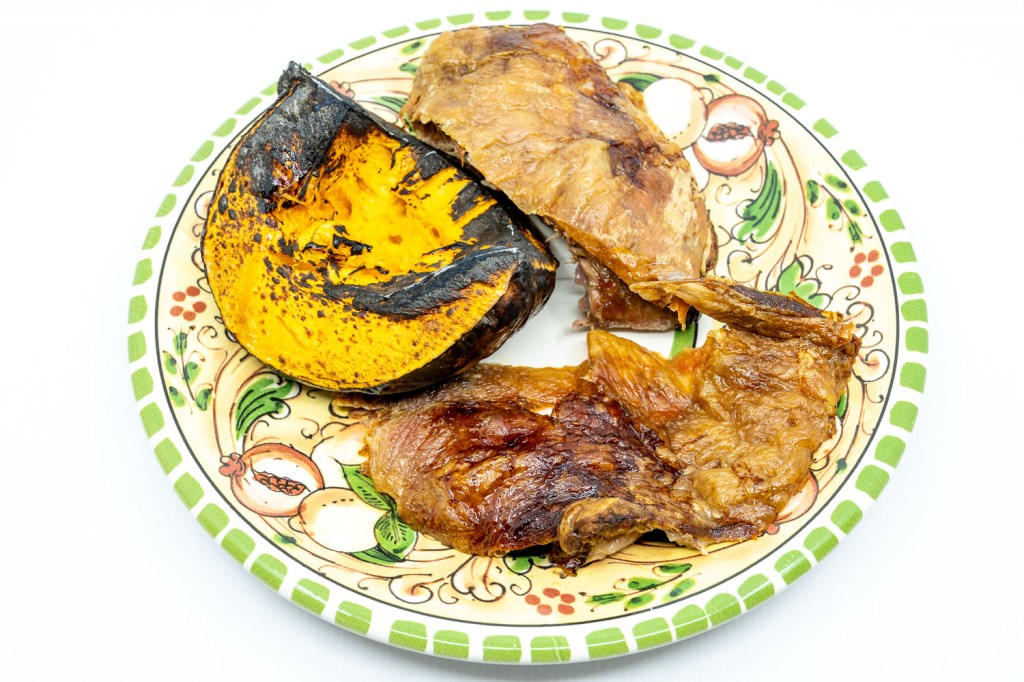
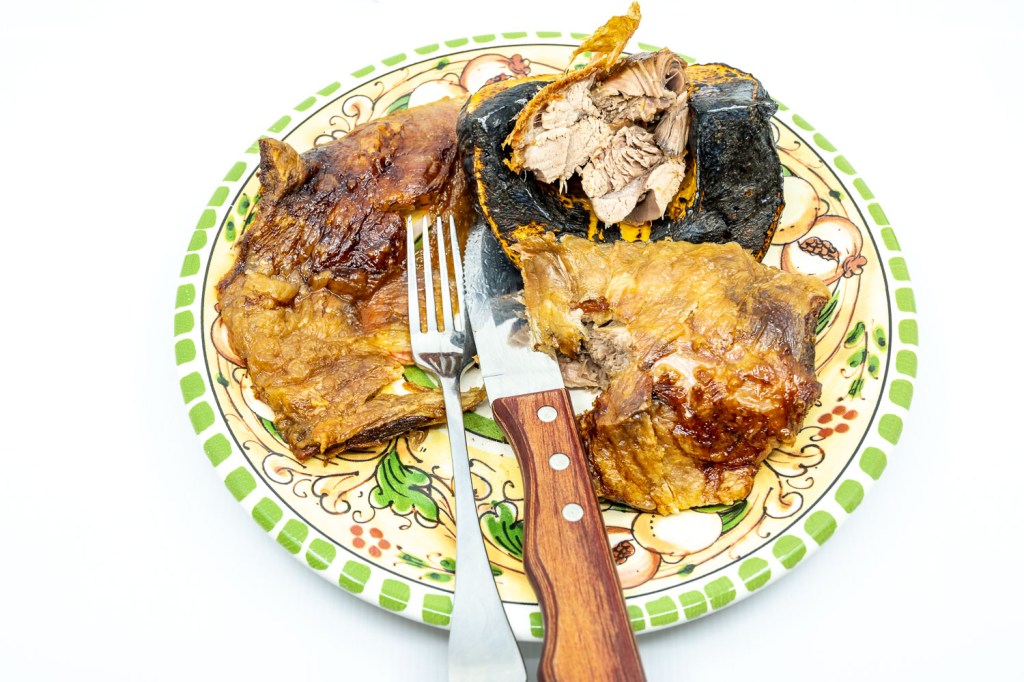
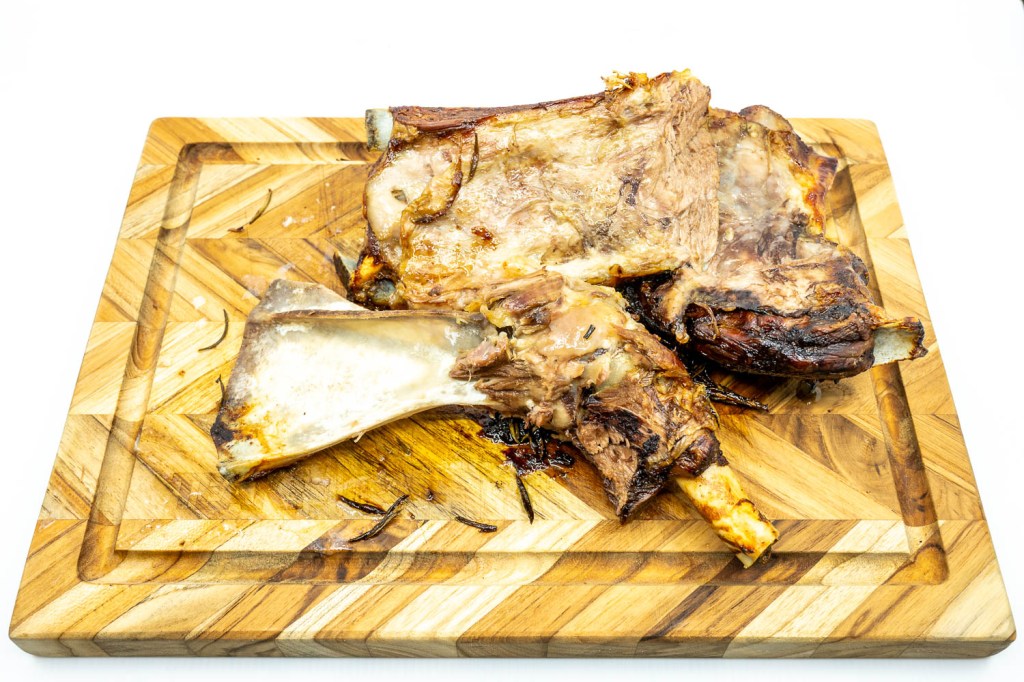
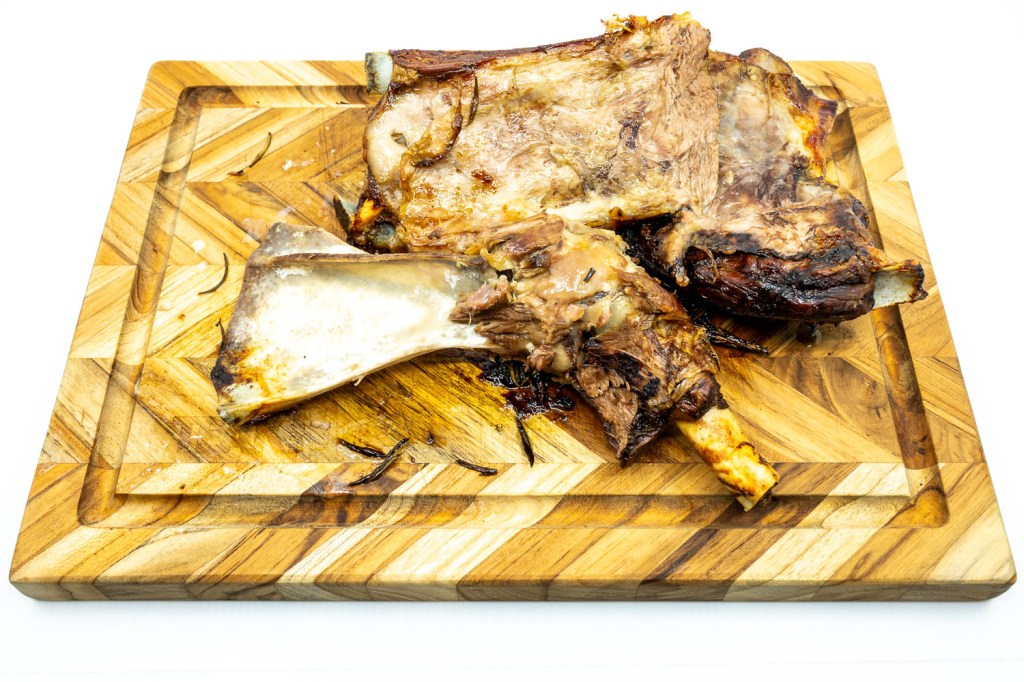

Thoughts on the meal
The lamb was tender to carve and quite juicy. A gentle squeeze yielded copious meat juice. The superficial fat was nicely rendered and flavourful.
The pumpkin cooked evenly; it was caramelised, tender. and enjoyable to eat.
After I put some leftover meat away, I sat down and enjoyed gnawing meat from the bones.

Other photographs
This morning, I took a walk along the beach. Compared to this time last year, the beach and the water were noticeably empty, with few people enjoying the fresh air. The South Australian algal bloom has led to a decline in beachgoers and swimmers. I anticipate that summer will bring smaller crowds. Selfishly, this might make my beach visits more enjoyable, as long as the algal levels aren’t too high.
Nutrition profiles
Pumpkin
| Macronutrient | Amount per 100 g (Cooked) |
| Energy | 26 kcal |
| Carbohydrates | ~6.5 g |
| Protein | ~1 g |
| Fat | ~0 g |
| Dietary Fibre | ~1 g |
Lamb shoulder
| Nutrient | Amount per 100 g |
| Energy | 275 kcal |
| Protein | 22.4 g |
| Total Fat | 19.9 g |
| Saturated Fat | 8.4 g |
| Monounsaturated Fat | 8.1 g |
| Polyunsaturated Fat | 1.6 g |
| Carbohydrates | 0 g |
| Fibre | 0 g |
| Cholesterol | 92 mg |
| Water | ~56 g |
Lamb fat
| Nutrient | Amount per 100 g |
| Energy | 648 kcal |
| Total Fat | 68.9 g |
| Saturated Fat | 35.4 g |
| Monounsaturated Fat | 28.0 g |
| Polyunsaturated Fat | 2.8 g |
| Trans Fat | ~0–3 g |
| Protein | 6.3–15.7 g |
| Carbohydrates | 0 g |
| Fibre | 0 g |
| Cholesterol | 77–92 mg |
| Water | ~34–40 g |
Rosemary
| Nutrient | Amount per 100 g |
| Energy | 131 kcal |
| Carbohydrates | 20.7 g |
| Dietary Fibre | 14.1 g |
| Sugars | 0 g |
| Protein | 3.3 g |
| Total Fat | 5.9 g |
| Saturated Fat | 2.8 g |
| Monounsaturated Fat | 1.2 g |
| Polyunsaturated Fat | 0.9 g |
| Cholesterol | 0 mg |
[i] Lamb shoulder is a flavourful cut from the forequarter of the lamb, ideal for slow roasting due to its marbling and connective tissue.
[ii] A lamb shoulder square cut refers to a specific butchering cut where the shoulder is trimmed into a rectangular block, including part of the forequarter, with the blade bone and surrounding muscles intact.
[iii] A Kent pumpkin—also known as a JAP (Just Another Pumpkin)—is a variety from Australia, recognised for its mottled green and yellow skin and bright orange flesh.
[iv] A sprig of rosemary refers to a small stem or twig from the rosemary plant, typically about 7–10 cm long, with the needle-like leaves still attached.


